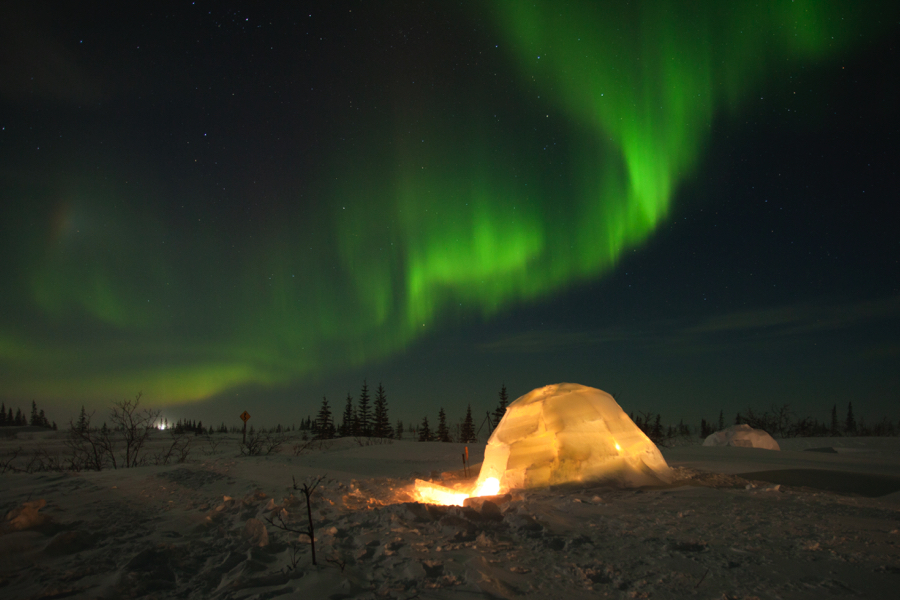
What Kind of Wide Angle Lens to Use for Sky Photography
Within the broader world of night photography, which often requires lenses capable of wide apertures (f/2.8 or wider), lies sky photography. Also requiring “fast” lenses with wide apertures, sky photography also necessitates having a lens that is considerably wide – often known as an “ultra wide”. While an 18-55mm or a 24-70mm often seems pretty wide when shooting typical landscapes or portraits, they often don’t cut it when you’re trying to include a fair amount of the overhead sky.
This is especially true when including foreground elements like in the above photo.
What you’re really aiming for is something that can get greater than a 100 degree diagonal angle of view. Sounds like a complicated term, but nearly all lens manufacturers will list their diagonal angle of view in the lens specs. Common lenses that people will use are Canon’s 10-22mm and Nikon’s 10-24mm for crop frame cameras (lower-end DSLRs). For professional full frame DSLRs Canon’s 16-35mm and 17-40mm are exceptional, as is Nikon’s 12-24mm. All of these offer around a 105 degree angle of view.
While these lenses may not be ideal for your general wildlife shots, or cultural photography, because they offer little zoom and distort the corners of your photo, they sky is a different animal all together when being photographed. You don’t need to zoom in and the dark sky doesn’t reveal the corner distortion all that much. In addition, having an exceptionally wide lens allows you to add foreground elements (an essential part of landscape photography) while still incorporating a good bit of the sky above. Thus, they are ideal choices.
The next thing you need to really consider is the speed of your lens — that is, the maximum aperture. Most intro lenses will show an aperture range of f/3.5-5.6 or f/4-5.6. Check out your lens and you’ll see this listed right on the barrel. While any DSLR and lens combo has the capability to photograph the night sky, those lenses with the largest aperture (smallest f/number) will allow you to capture the most light. This is critical when photographing the dark sky. Lenses with f/2.8 or f/1.4 can make a massive difference in your photo, allowing you to pick up the subtle nuances of light coming from the milky way, or distant stars that are barely visible to the naked eye. However, the technology and craftsmanship that go into lenses with f/2.8 and lower results in a rather large price tag. So, when creating your night photography wish list, be prepared for lens envy.
In the end, sky photography is one of the more challenging styles of photography. However, as with all challenges, the rewards are just that much greater when you capture something you’re truly happy with and proud to call your own. Although ultra wide angle lenses such as those mentioned above can be rather narrow in terms of the overall applicability to nature, wildlife, and travel photography, they can be an indispensable part of your kit when wanting to capture the entire picture.
Think beyond and capture life,
Court
Northern lights photo (c) Court Whelan
1 Comment

printing shirts
July 9, 2016 at 11:45 pm
Do you mind if I quote a few of your articles as long as I provide credit and sources back to your webpage?
My blog site is in the exact same niche as yours and my visitors would certainly benefit
from a lot of the information you provide here.
Please let me know if this ok with you. Thanks a lot!